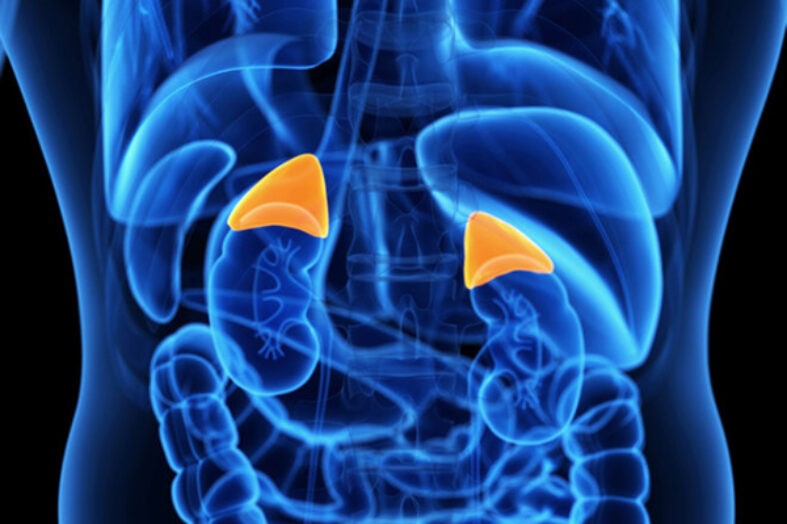
Adrenogenital syndromes: Congenital adrenal hyperplasia
Congenital adrenal hyperplasia is the term that, together with adrenogenital syndromes, is commonly used to describe a group of autosomal recessive disorders due to the lack of one of the five enzymes involved in cortisol synthesis in the adrenal cortex
Congenital adrenal hyperplasia, an overview
The standard therapy currently used allows the disease to be well controlled, but the discovery of new, more modern treatment modalities seems to be yielding even more promising results.
In addition, it is now possible to make an early diagnosis, even in the prenatal period, which makes it possible to initiate an equally early treatment during pregnancy.
First of all, a distinction must be made between a more serious deficit, known as the classic deficit, which manifests itself as early as the neonatal period or in early childhood with virilisation and adrenal insufficiency (with or without loss of salts), and a less serious deficit, known as the non-classic deficit, which may be asymptomatic or associated with only a few signs of hyperandrogenism and which usually manifests itself later (in late childhood or even adulthood).
Within the classical form, moreover, it is possible to distinguish a more severe form, called salt-losing, in which there is a simultaneous defect in cortisol and aldosterone synthesis, and a slightly less severe form, called simple virilising (in which the deficiency concerns only cortisol synthesis with an apparently normal aldosterone synthesis).
Within the non-classical form, on the other hand, it is possible to distinguish a very mild form (called non-classical deficiency) from a completely asymptomatic one (called heterozygosis) in which the only difference with the unaffected population consists of increased levels of 17-hydroxy progesterone after stimulation with ACTH.
Classical deficiency is found in about 1 in 16,000 births, with no major variations between the different populations studied.
The non-classical form, on the other hand, is much more frequent and is found in 0.2% of the general white population.
Read Also:
Emergency Live Even More…Live: Download The New Free App Of Your Newspaper For IOS And Android
Tumours Of The Adrenal Gland: When The Oncological Component Joins The Endocrine Component
Adrenaline: What It Is And When It Is Essential To Use It


